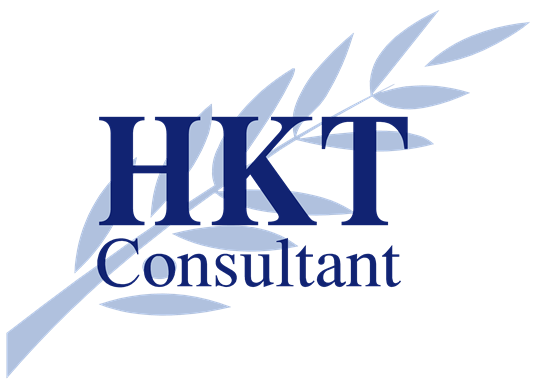The organizational structure depends on the business strategy the firm pursues to achieve the desired organizational goals.
1. Process
This type of organization tries to achieve the maximum efficiency in the movement of goods from a raw materials state through work in process to a finished-goods state. Here, the organization is likely to focus on the activities that give rise to cost. These may be procurement, manufacturing inventory, transportation and order processing. In these organizations, the functional and hierarchical structure is prevalent.
2. Market
For the market-oriented organization with a strong requirement for customer service fulfilment, the organizational structures are rather lean and flat. The reason is the speed in decision making.
3. Information
For seeking information from markets, the organizational structure is apt to span functions, divisions and business units. Business organizations that pursue an information strategy are those that have a significant downstream network of dealers and distribution agencies with substantial inventories spread across the network. Coordination of logistics activities throughout this dispersed network is a primary objective, and information is the key ingredient for good management. Hence, the organizational structure must span the traditional legal boundaries of the firm itself.
No single firm is likely to display a single organization design. Because mixed strategies often exist within the same firm, a variety of designs will appear for essentially similar firms. In addition, the similar firms may be in different stages of organizational development.
Source: Sople V.V (2013), Logistics Management, Pearson Education India; Third edition.

I like this web blog very much so much good information.
Pretty nice post. I just stumbled upon your weblog and wanted to say that I have really enjoyed surfing around your blog posts. After all I’ll be subscribing to your feed and I hope you write again very soon!